Photography has been through a series of revolutions since its incarnation. Whether it’s the introduction of the Box Brownie, the Polaroid, disposable cameras or smartphones, the arrival of new technology has always made photography more accessible to the masses. This trend will surely continue, so what does the future hold for photography?

1 – The death of the DSLR
In June of this year, the DSLR celebrated it’s 18th birthday. The camera format has come a long way in its short life. The first ever consumer model – the Nikon D1 – featured a 2.7MP sensor, a 4.5fps burst rate and a maximum ISO of 1600 – which was intensely grainy. Despite the success of the DSLR and their rapid advancement, it’s unlikely they’ll be dominating in another 18 years, if they’re even with us at all.
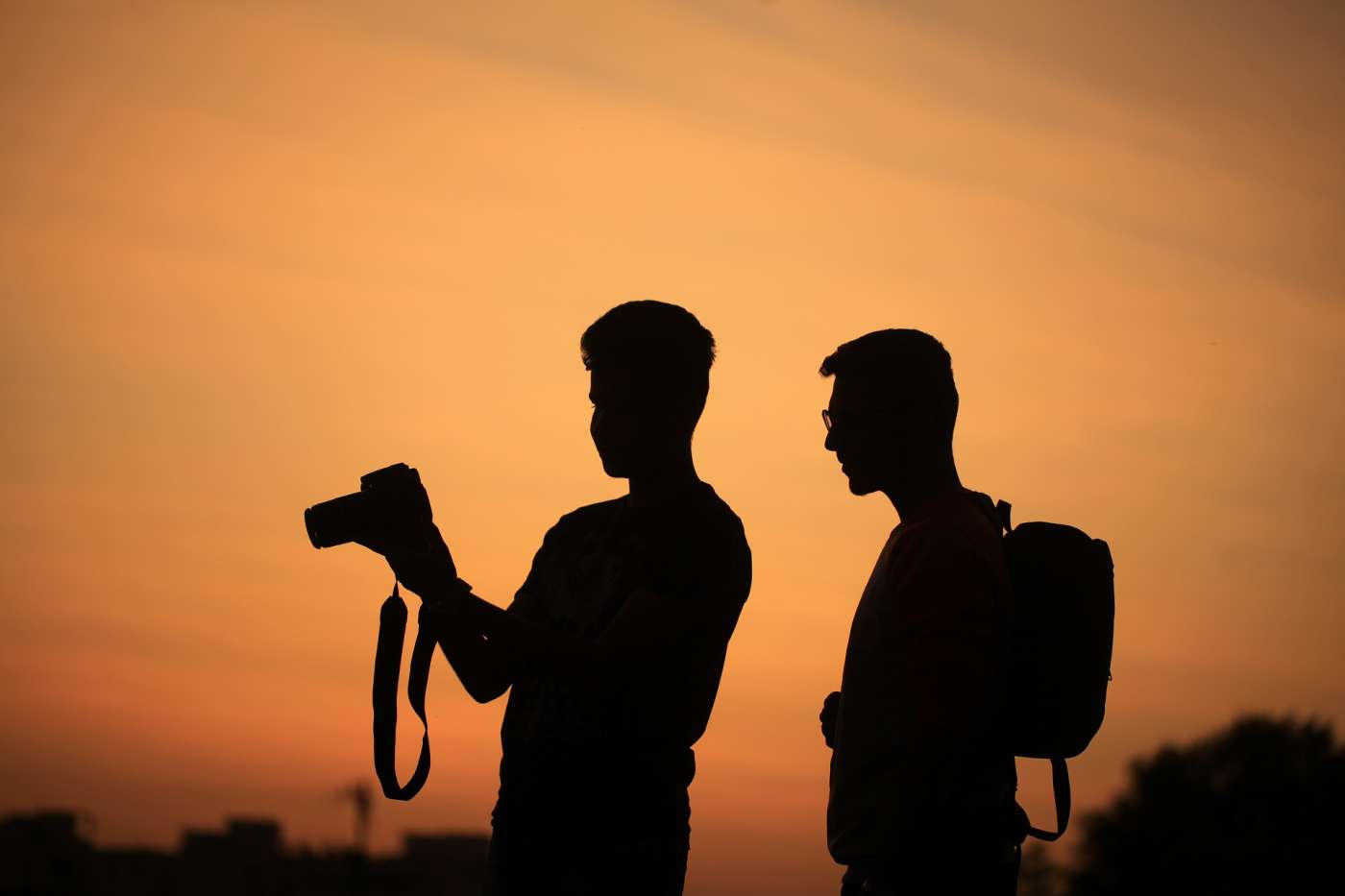
Sony’s latest mirrorless camera – the A9 – offers a 24.2MP full frame sensor, 20fps with AE/AF tracking, 693 AF points, and 5-axis image stabilisation. The electronic shutter allows for much faster burst rates, no viewfinder blackout, silent operation and much quicker shutter speeds. On paper, this camera is much better than anything a DSLR is capable of offering, but it’ll take a little while for photographers to switch to this new way of shooting. Old habits die hard, but DSLRs will surely disappear as their faster, lighter, and better cousins take prominence.
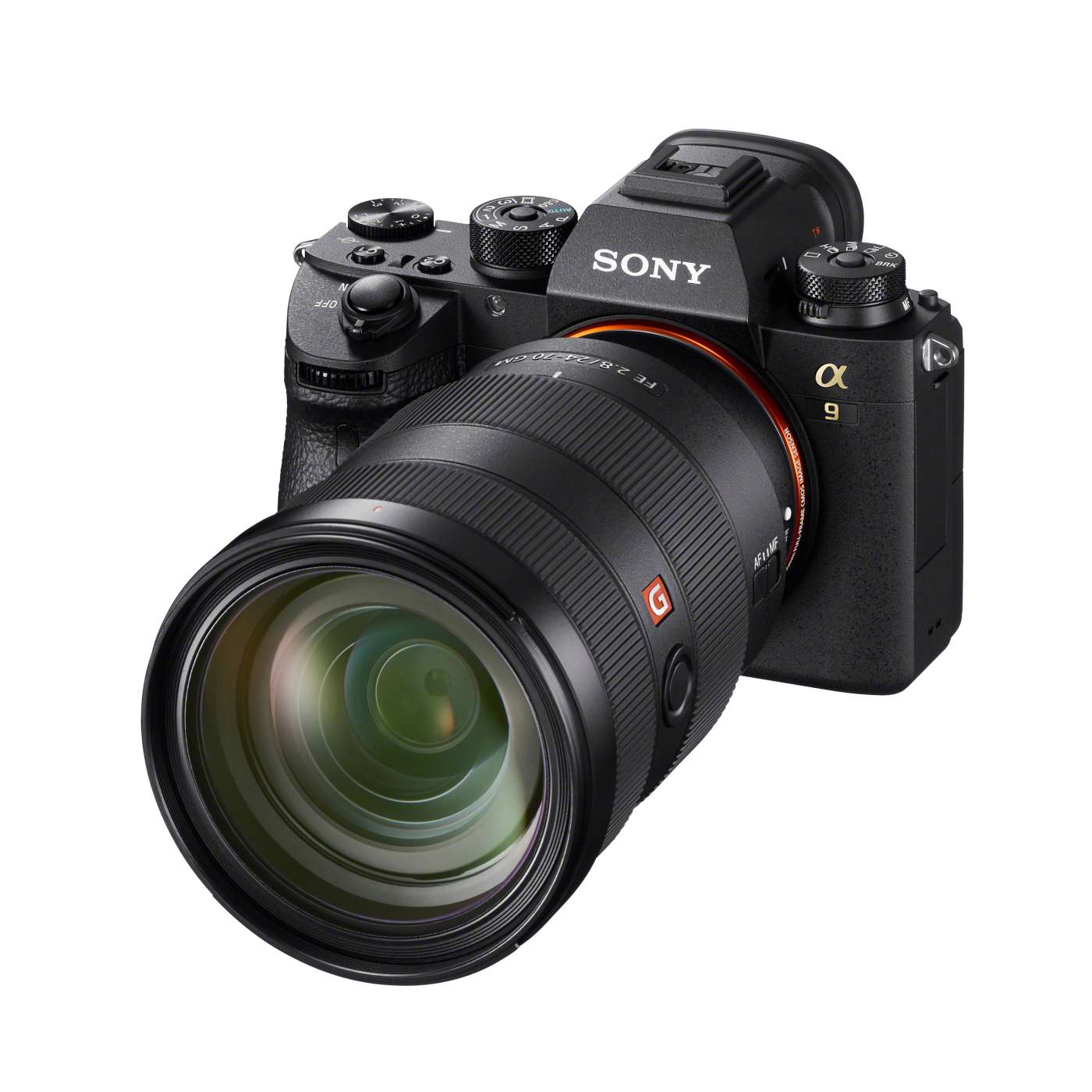
2 – Smartphones will kill off compacts entirely
Digital camera sales have declined by over 80% since 2010. The hit has mostly fallen on compact cameras; due pretty much entirely to the rapid rise of smartphones and mobile photography apps. In the meantime the popularity of interchangeable lens cameras has remained fairly constant, as people more serious about photography still want the quality and control of a dedicated camera.
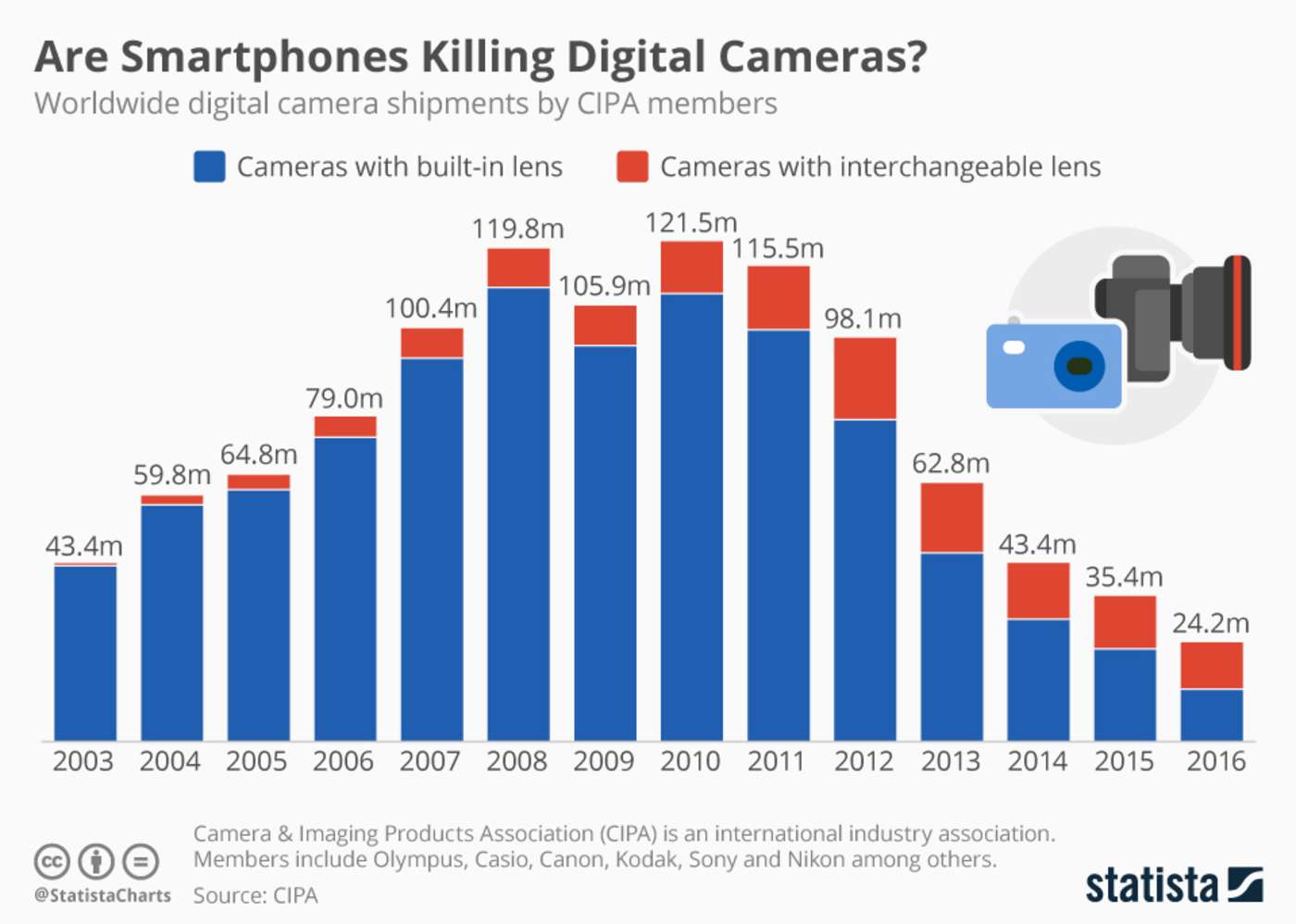
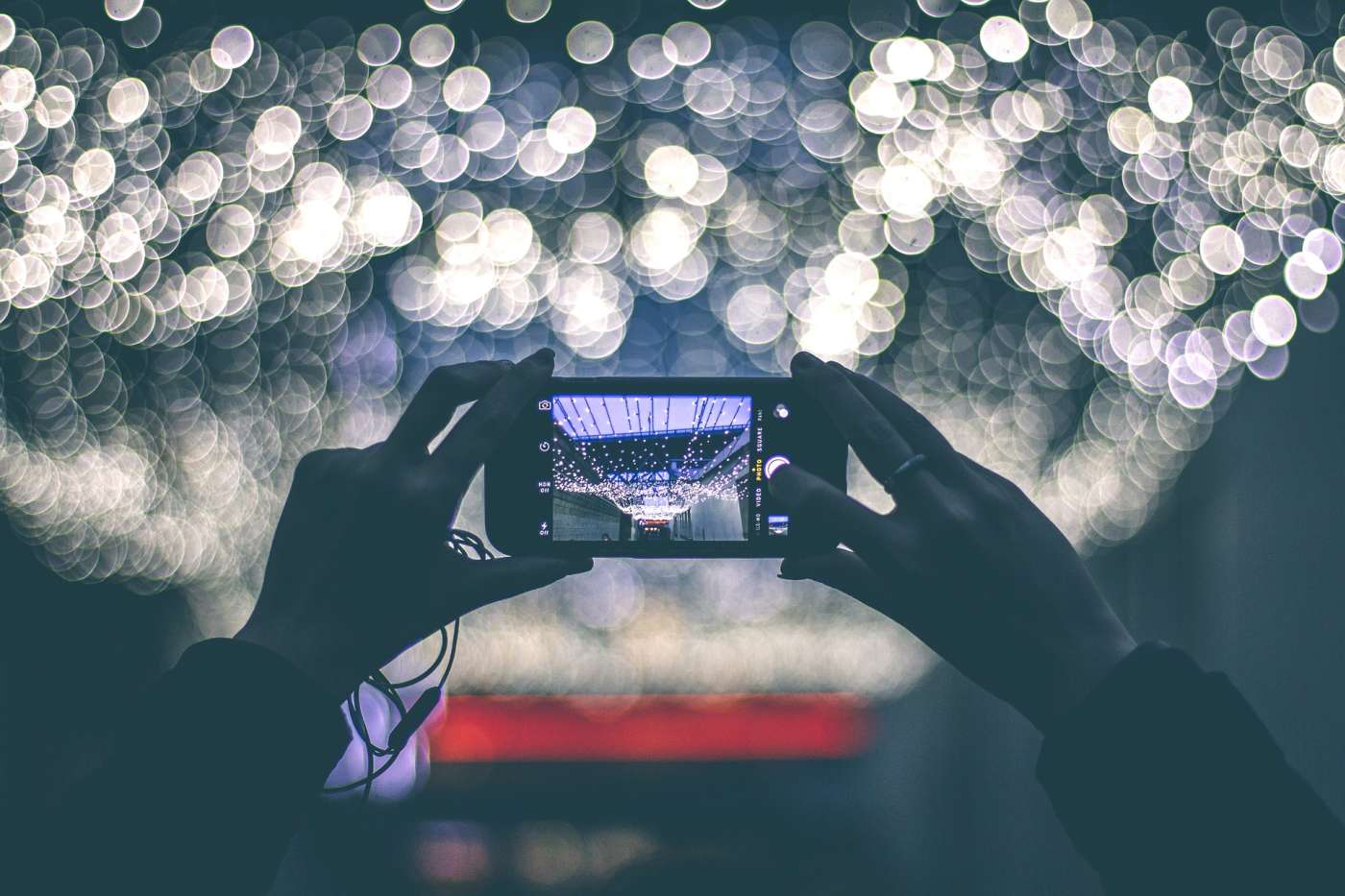
3 – Artificial Intelligence will transform photography
Big changes are surely on the horizon with how we capture, store and edit our photographs. Cameras have had some degree of AI on board for a while now; automatic exposures and autofocus systems assign control to the built-in computing components and perform an excellent job. In the coming years we’re likely to see truly smart cameras that recognise entire scenes and subjects and automatically adjust the shooting variables to match. Everyone will be able to capture perfectly exposed and focused shots at the push of a button.
Our image libraries will become smart too. As machine learning develops, software will recognise every element of an image. You’ll no longer need to assign keywords or organise your work in various folders. Instead, you could search for any term; be it ‘tree’, ‘car’ or ‘sunset’, and your library would display every image you have containing those elements. As facial recognition software improves, you could search for a particular person and every shot of them would appear. Imagine how that would improve your workflow.
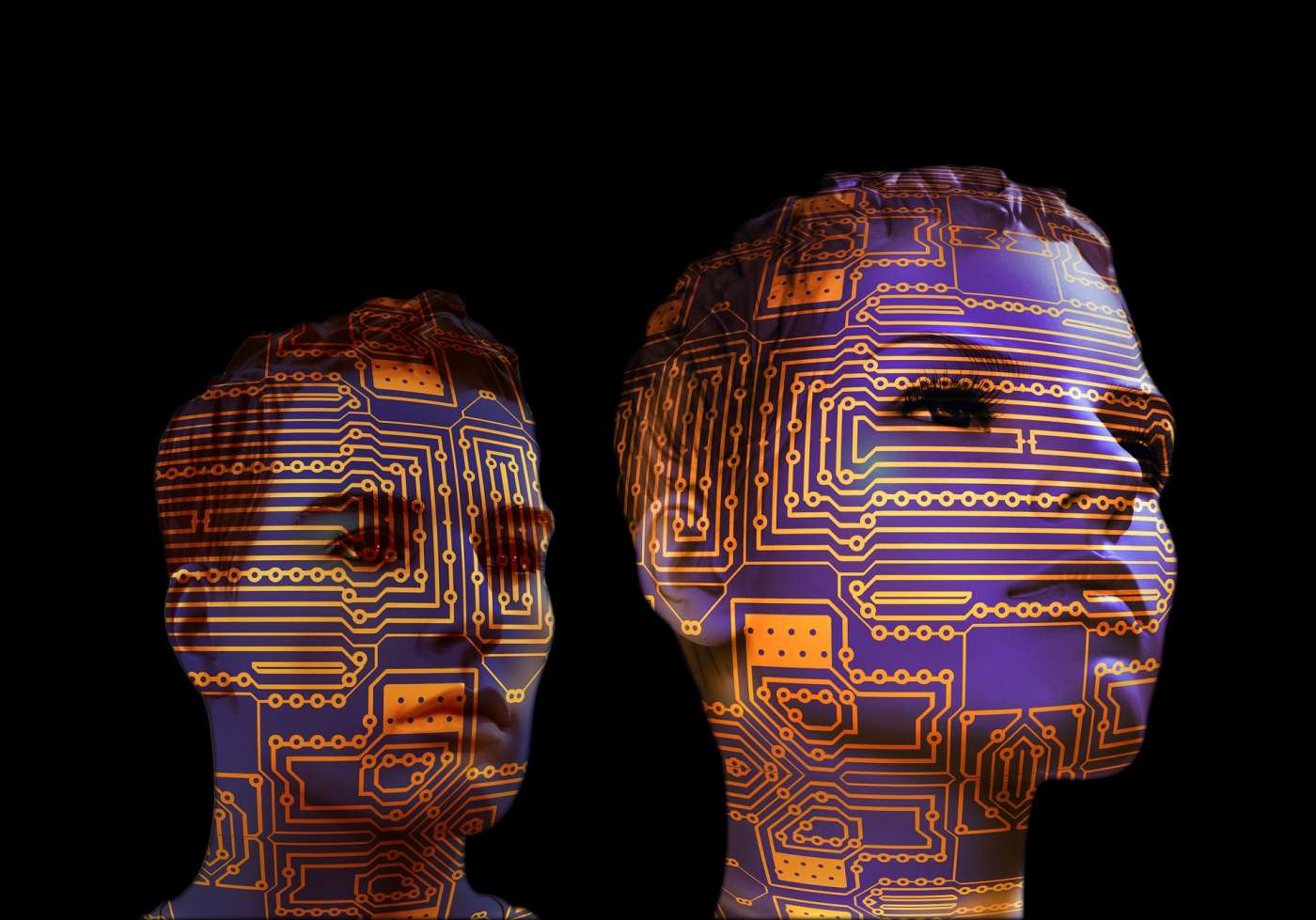
4 – Constant connectivity
With every new generation of camera, more connectivity options are included. Whether it’s Bluetooth, WiFi or NFC, there’s lots of ways to wirelessly connect your camera to your smartphone to backup your images and post online. It won’t be long until cameras automatically connect to the internet, perhaps via the superfast 5G network which is set to launch in the next few years and rapidly expand the Internet of Things.
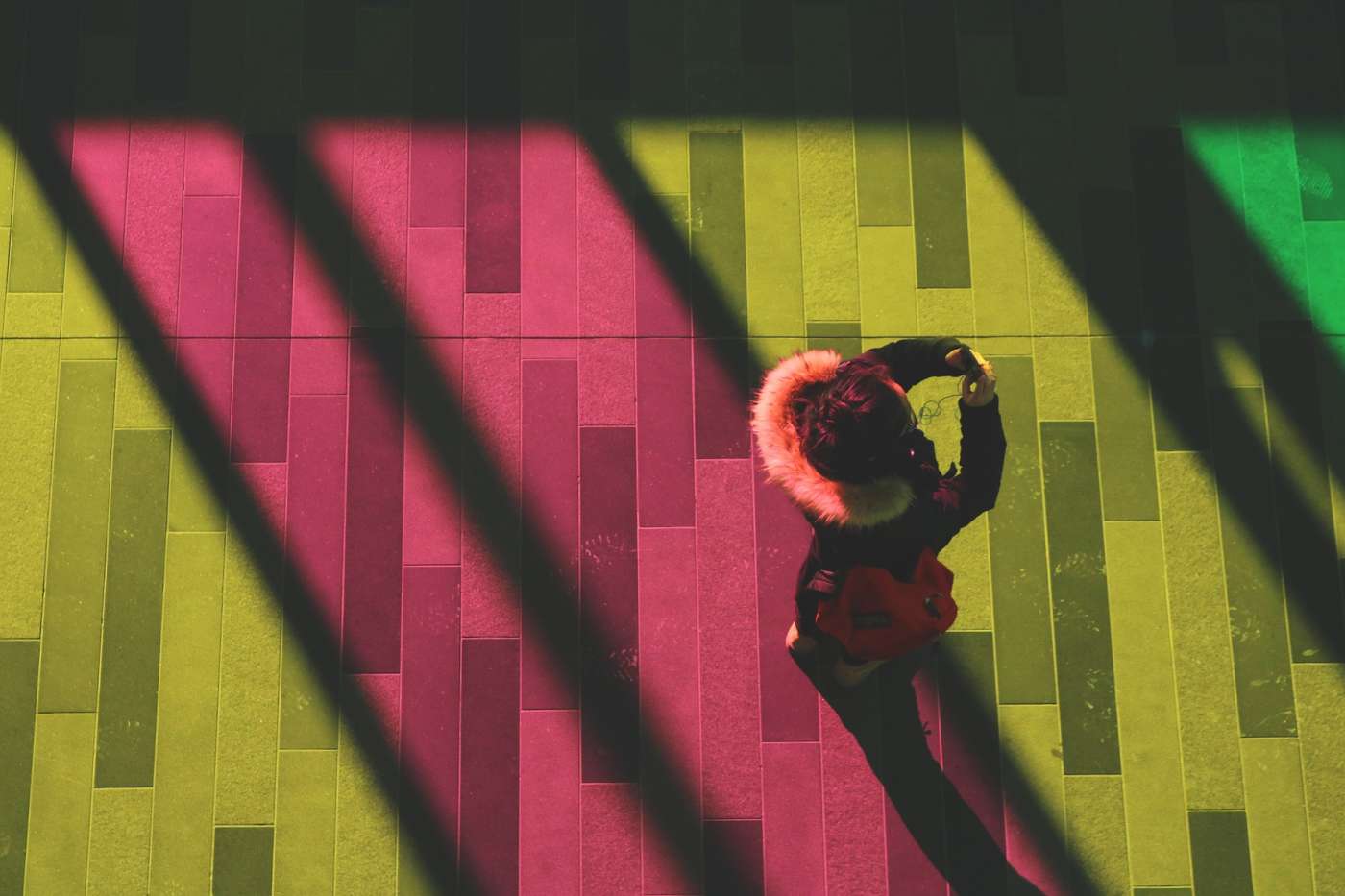
With this there’d be no need for SD cards or other forms of physical storage, providing you’re somewhere that has a data connection. Instead your photographs would be instantly uploaded to the cloud, meaning you could access them from any place or device, and you wouldn’t have to worry about running out of card space, losing a memory card or damaging one and corrupting the files. Like cassettes and floppy disks, SD cards will likely be assigned to the history bin in the not too distant future.
5 – Photographs will come to life
As new technologies emerge, the way we consume photographs is likely to change too. Rather than an image being a still, 2D experience, photographs could become much more immersive.
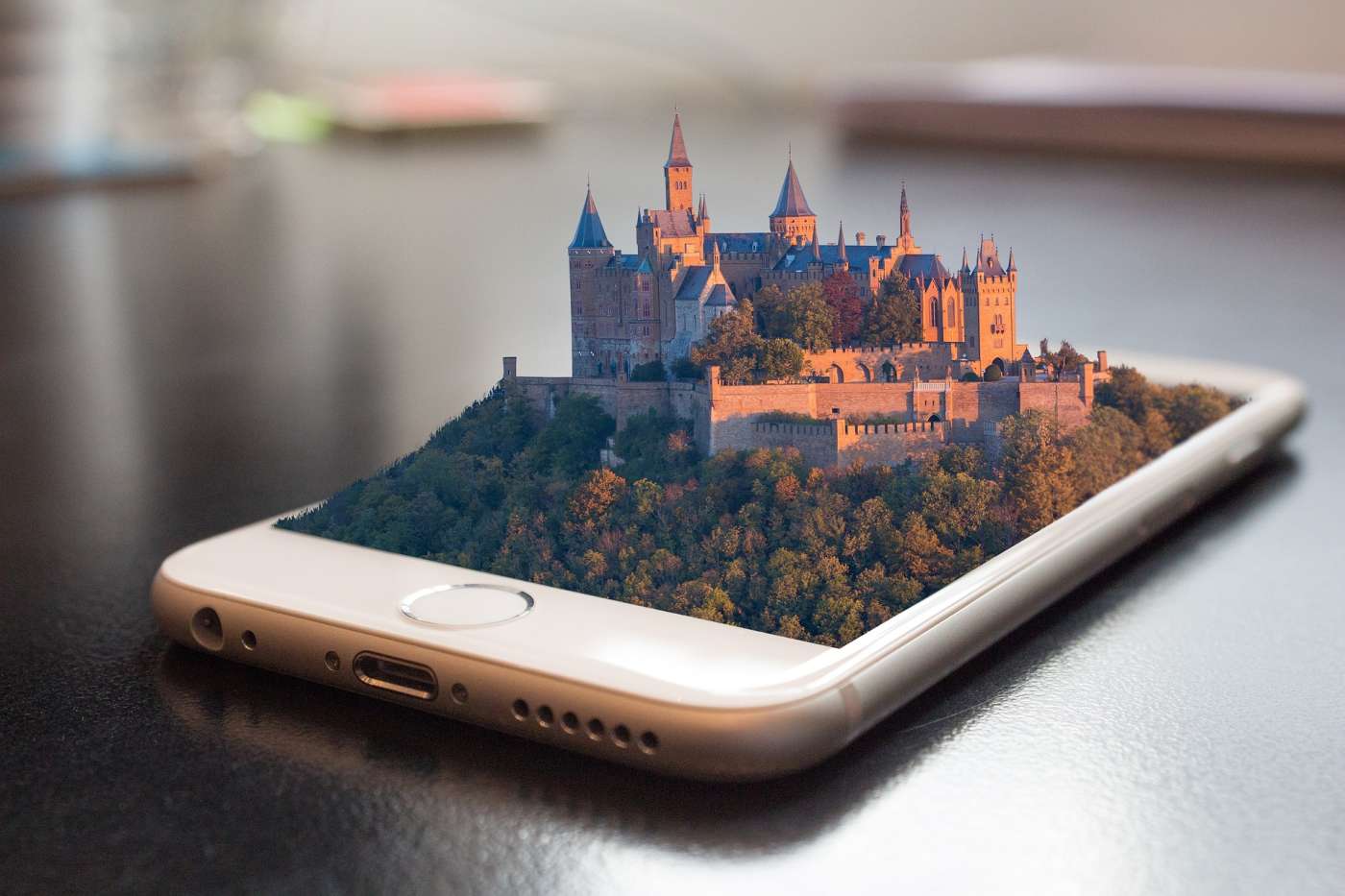
Virtual Reality is set to explode in the coming decade and it may well have a huge impact on the world of photography. Instead of looking at an image on a screen or piece of paper, you could explore a scene with the aid of a VR headset. This would bring to life the sights and sounds of an image, allowing you to relive your captured moments and move around inside your memories.
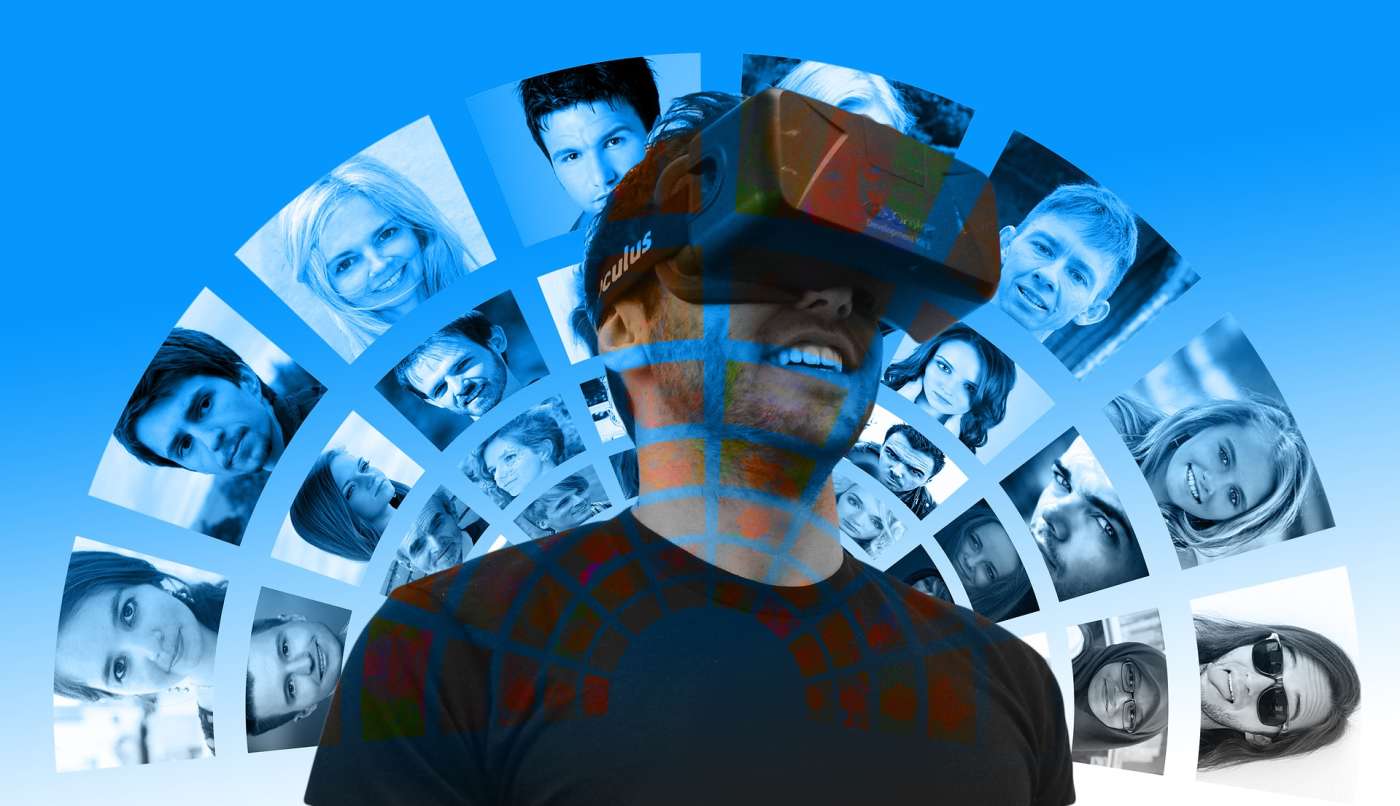
Of course cameras would have to change too, but technology never sits still for long and in 20 or 30 years time the image making tools at our disposal will surely be immense. Maybe we’ll be wearing our cameras, permanently recording our every interaction. Something akin to Google Glass, but much more advanced, allowing us to revisit moments of our choosing. Right now this is still science fiction, but it’s not far beyond the cusp of our current reality. Let’s wait and see.

